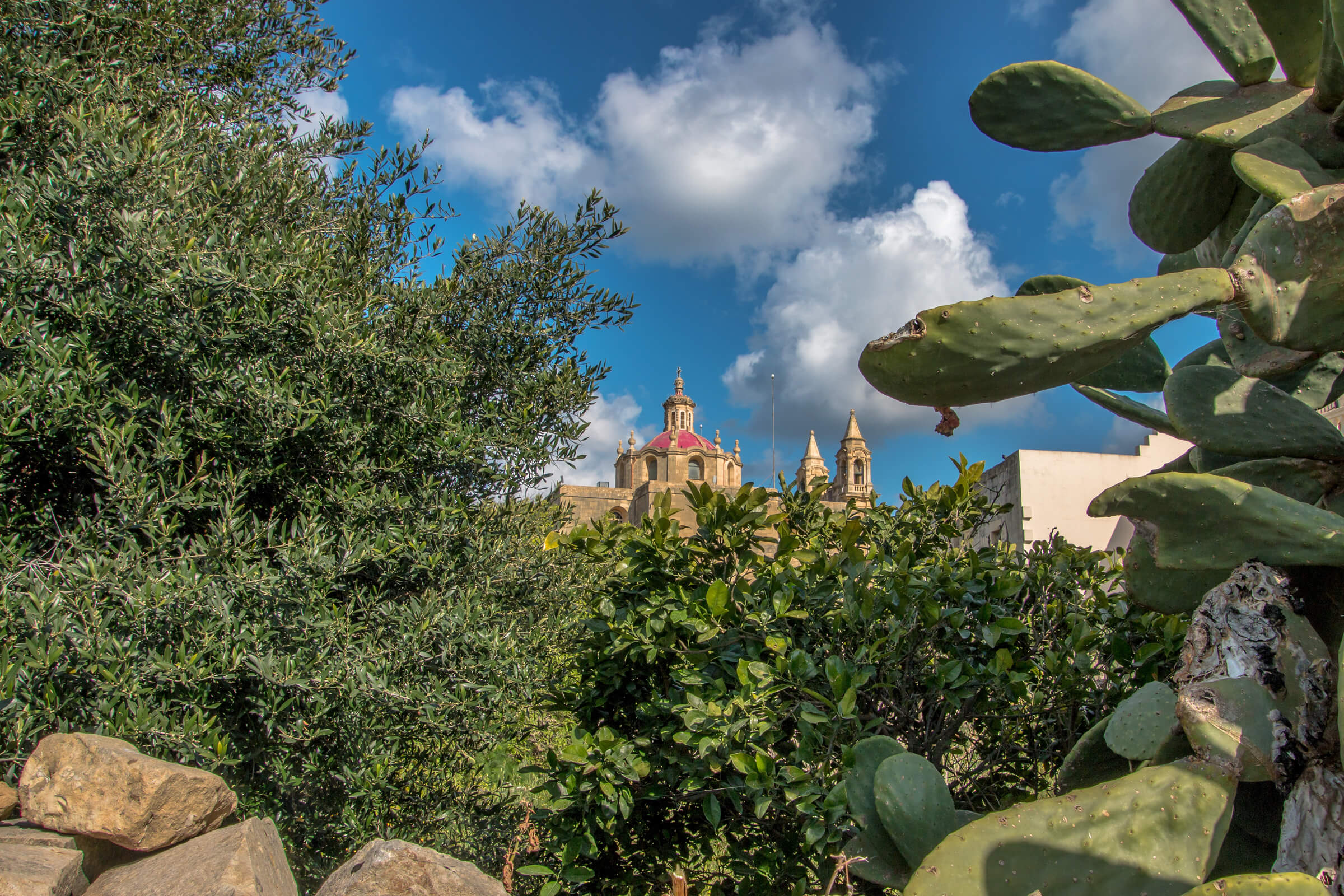The Maltese Islands Christian roots go back as far as A.D.60 when St. Paul was shipwrecked here on his way to Rome to stand trial. It is hardly surprising then that the Maltese still harbour a strong Christian tradition notwithstanding the rapid secularisation that has occurred in recent years. This tradition reflects itself in the huge number of churches and chapels on the islands
With the coming of the Knights and their material and artistic affluence a new era of church building was initiated, one in which nearly every town and village endeavoured to outdo the other in the size, splendour and magnificence of their churches. Most of these churches are in the form of a Latin cross with a dome at the crossing and one or, more usually, two bell towers on the west front
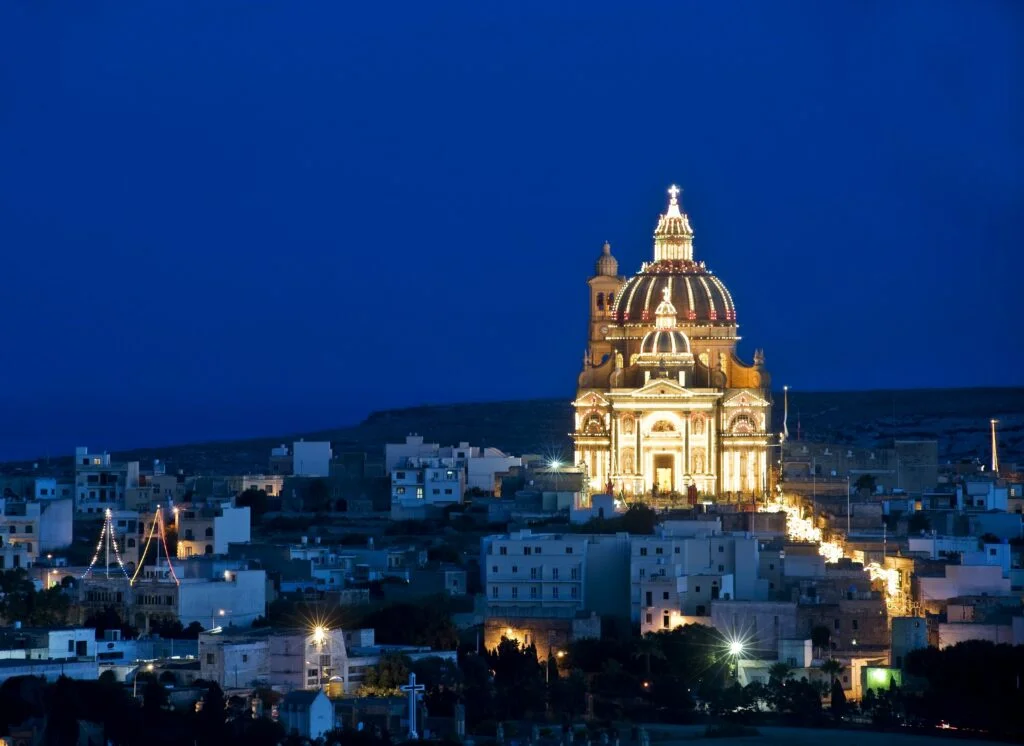
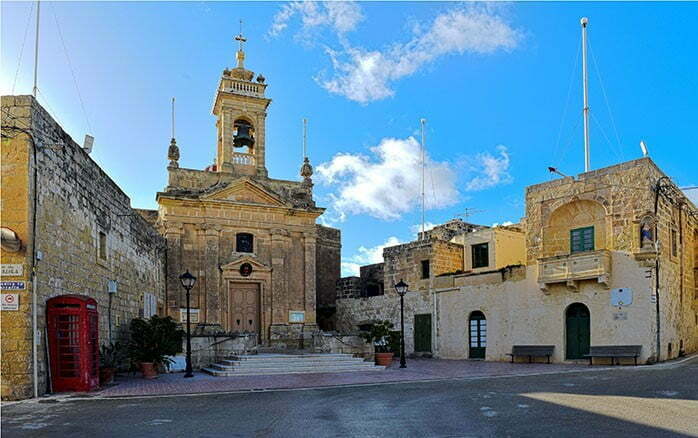
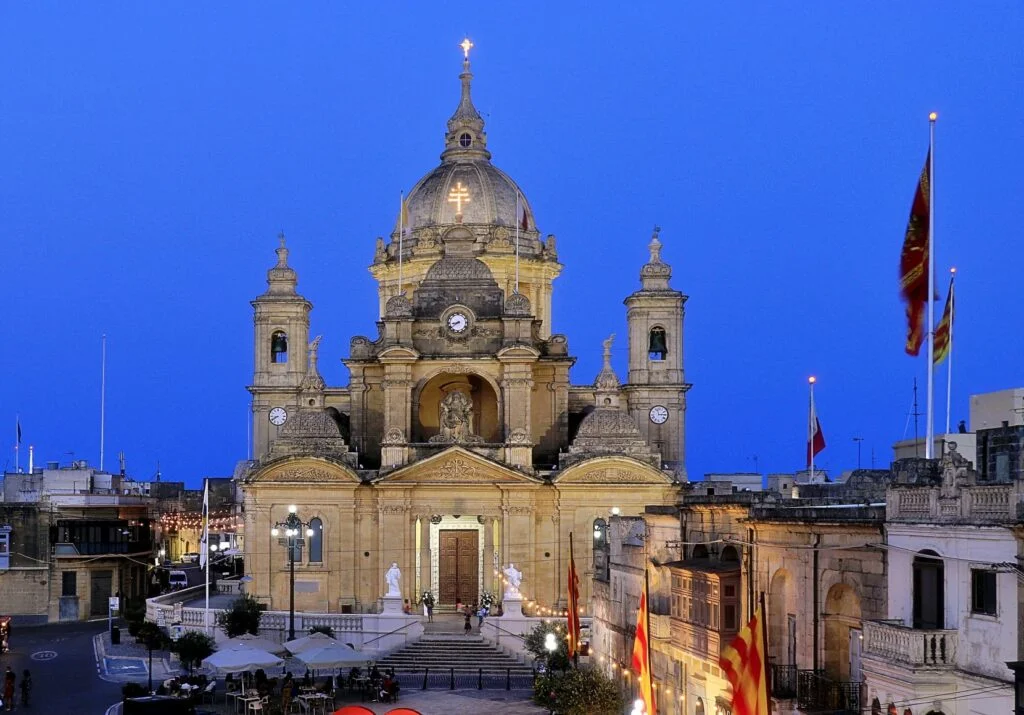
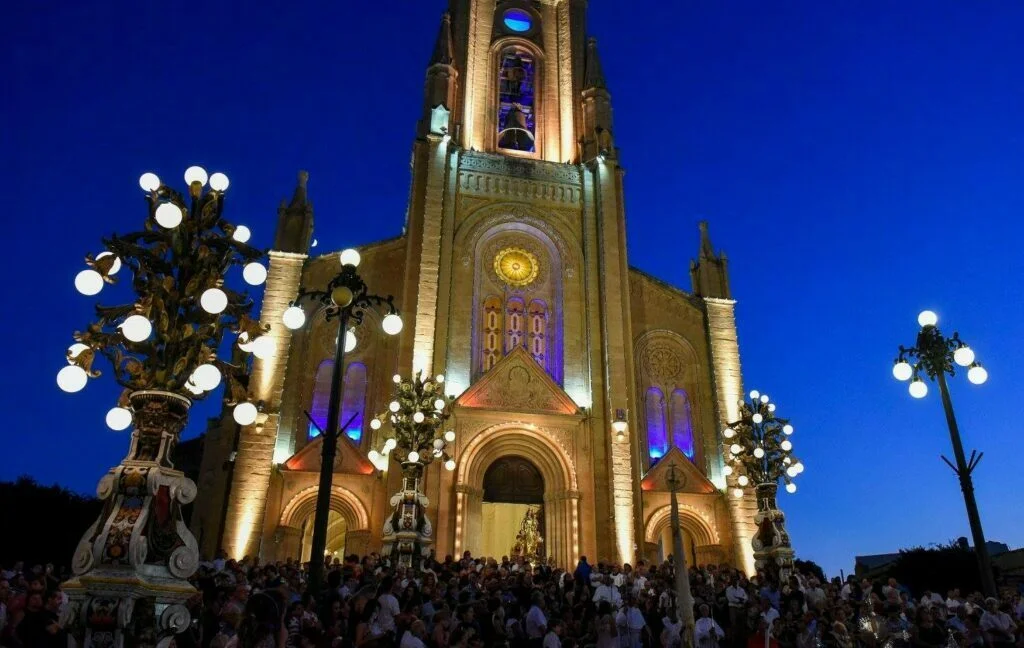
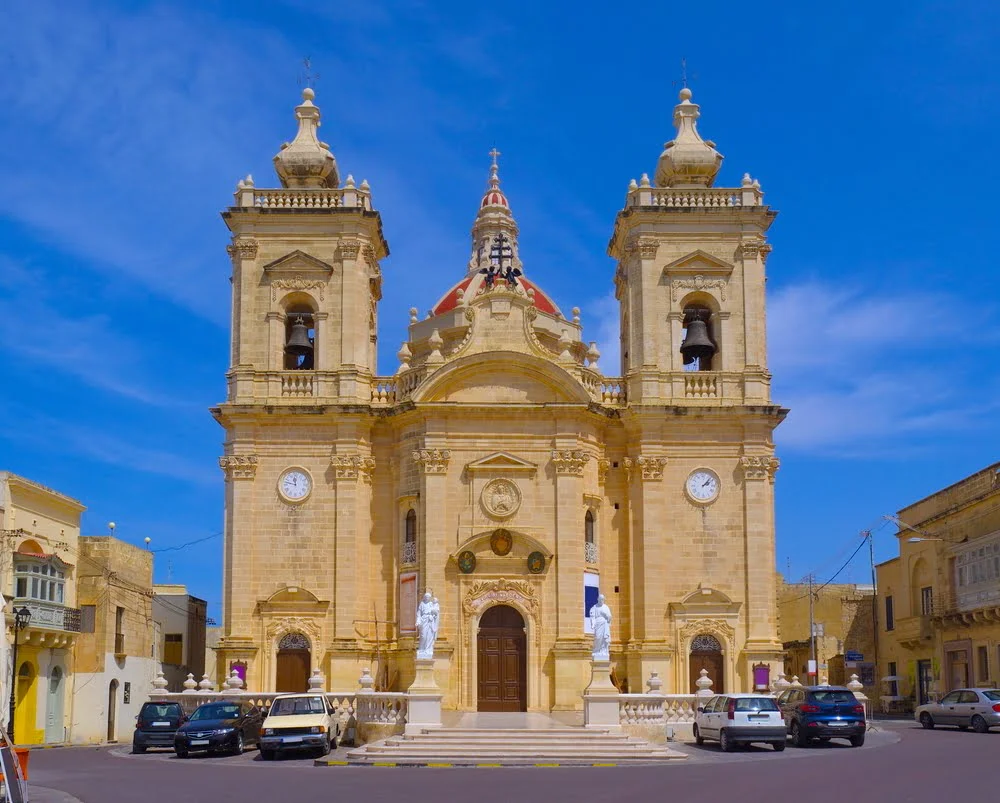
Gozo has a number of notable churches too. Foremost among them are the churches of Rabat; the Cathedral of St. Mary aloof in its citadel, while across town the Basilica of St. George is surrounded by a maze of old narrow streets and alleys. These two churches are the seats of the two fiercely rival parishes of the town. Over in western Gozo the village of Gharb has a church with a unique concave façade constructed in 1699. While on the other side of the Island the village of Nadur boasts one of the monumental churches on the Maltese Islands, built in 1760. Gozo does believe that size matters and this is best seen in Xewkija, where the parishioners started the construction of a huge church with a dome to rival Mosta’s as late as the 1950’s, a project that took more than thirty years in the making, with the church only completed in 1981. It boasts the third largest supported dome in the world. As numbers go it’s impressive; the dome is 74 metres high, the highest in Malta and a full six metres higher than London’s St. Paul, with a diameter of 27 metres and a circumference of 85 metres. Its total weight is calculated to be around 45,000 tonnes. Very close to Ggantija Temples in the village of Xaghra one can admire The Basilica of the Nativity of Our Lady . The present building was constructed between 1815 and 1855, on the site of a smaller church which had been built in the 17th century. The dome was added in 1892. All the other seven villages have their parish church all situated in the village core. Furthermore across the island a number of chapels mostly dedicated to our Virgin Mary add to Gozo’s Christian tradition.
